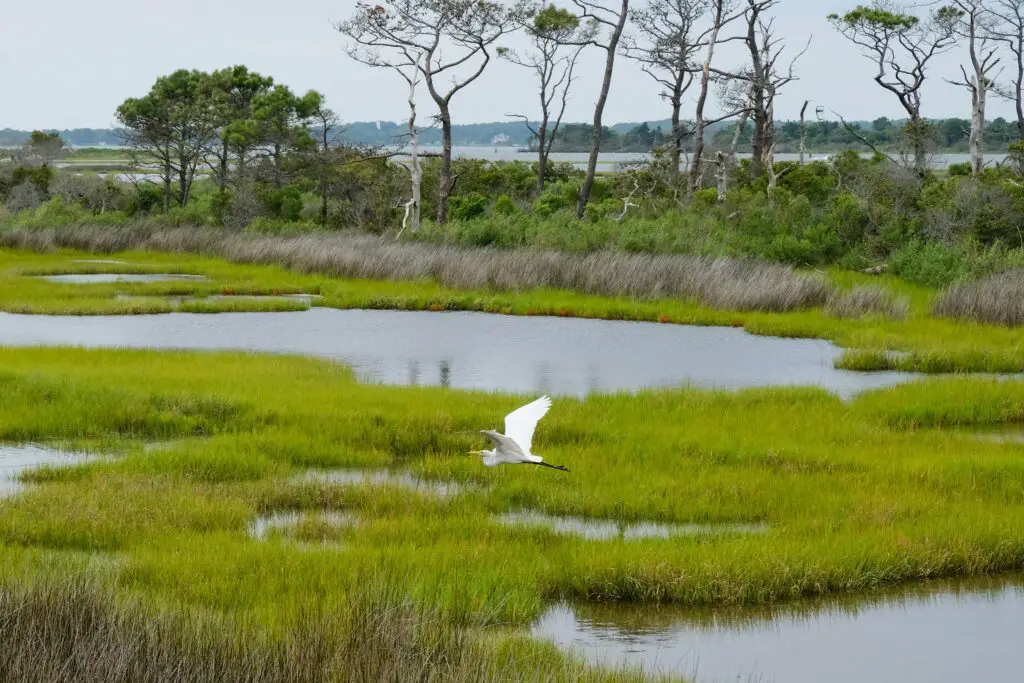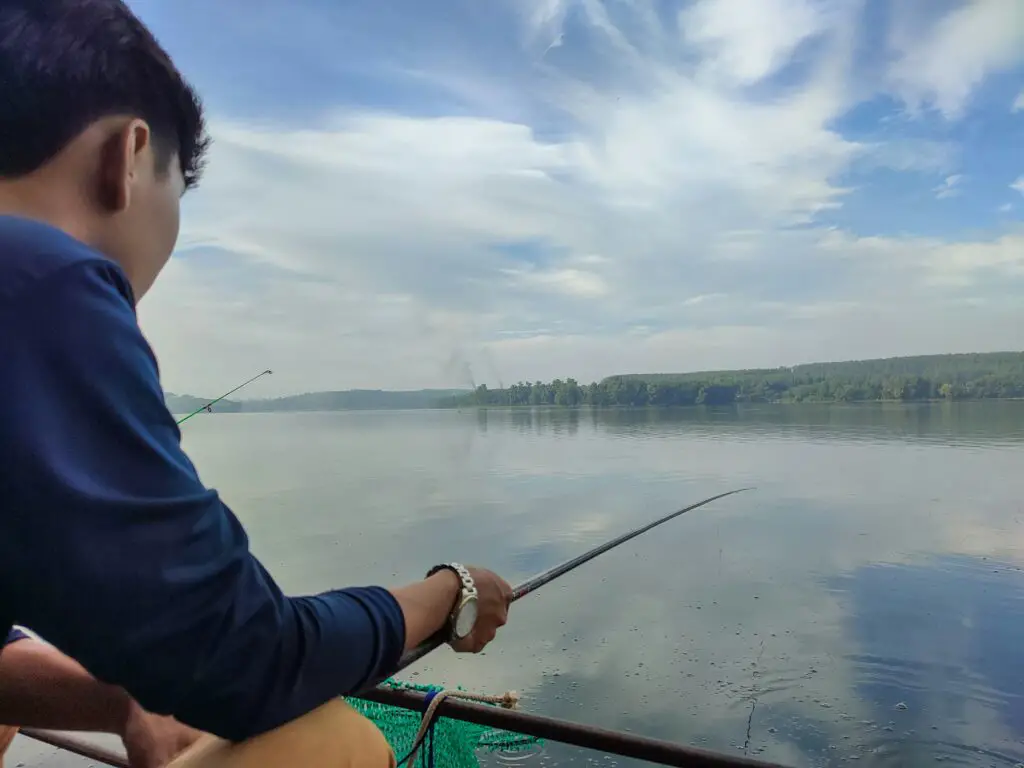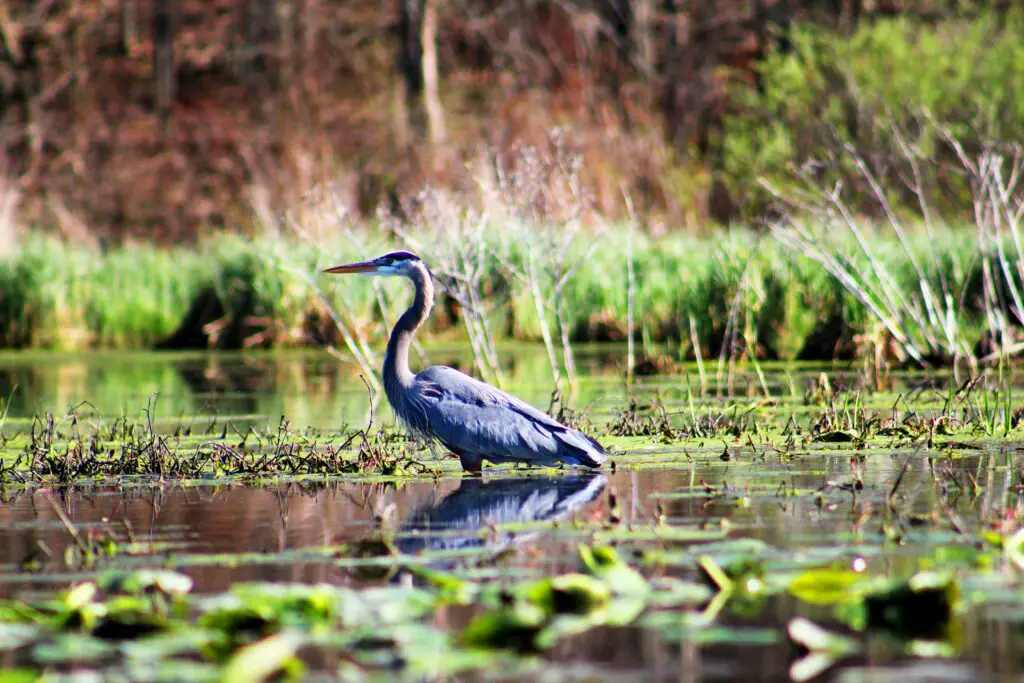Wetlands often get labeled as nature’s back-up team. From the outside they may seem like bland muddy fields or quiet bays, yet every muddy inch is buzzing with life and work for people. By paying attention to what wetlands do-best and hidden services-we start caring not just for plants and birds, but for the clean water, fish, and harvests the world counts on.

Quick Look at Wetlands
The Ramsar Convention paints wetlands with a wide brush. It bundles together puddly places from fresh inland waters-lakes, rivers, swamps, and peatlands-to coastal islands, estuaries, mangroves, coral gardens, and even the farm ponds, rice terraces, and water reservoirs people carve out. That long list shows just how many flavors of swamp, lagoon, and backwater keep Earth ticking clean and green.
Wetland Families
Inland Wetlands
Inland wetlands-the slow rivers, still lakes, busy marshes, dark peat-bogs, and springs fed by quiet ground-appear only as a thin speck on maps. But that small patch holds a heavy punch of life. They pump fresh water to millions, feed local fisheries, keep crops alive, and run a dozen services nobody sees till mud and water vanish.
Coastal Wetlands
Coastal wetlands-mangrove forests, salt marshes, shallow lagoons, busy estuaries, and lush seagrass beds-flourish wherever fresh river water spills into the salty sea. People prize these areas because they act like nurseries for young fish, cushion shores during big storms, and offer quiet patches for bird watchers, boaters, and vacationers. Yet as coastal towns expand, roads and homes keep nibbling at the edge, shrinking habitat and robbing communities of many important benefits.
Human-made Wetlands
Wet, green spaces dont always spring up on their own; people make them too-with reservoirs, flooded rice fields, and fish ponds beside farms. Although planners usually build these sites for irrigation, food, or power, they sometimes serve extra roles like attracting migrating birds, holding extra drinking water, or trapping a bit of harmful runoff before it reaches bigger rivers.
Ecosystem Services Provided by Wetlands
- Provisioning Services (Food, Fresh Water, Fiber) – Wetlands act as dependable pantries, delivering fish that feed families nearby and export markets far away. Marshes and similar watery places also help keep fresh supplies flowing, and many wetland plants yield fiber, fuelwood, and raw materials that support daily chores and local economies.
- Regulating Services Flood Mitigation Water Purification – Wetlands act like nature’s sponges, soaking up extra water during heavy rains and easing flood damage downriver. Floodplains absorb surge waters, soften the blow of storms, and then release that water slowly. Other wet areas trap muck, bacteria, and chemicals before they reach rivers or wells, filtering pollution and refilling underground aquifers. By doing this, wetlands keep drinking supplies and fish-farm water clean, cut treatment costs, and provide communities with safer resources.
- Cultural Services Recreation Aesthetic Spiritual – Beyond their ecological work, wetlands are woven into peoples lives. Estuaries, coral-laced lagoons, and tangled mangrove trails pull in snorkelers, anglers, bird watchers, and photographers, delivering fun and fresh memories. Many nearby groups see these marshes as sacred ground, telling stories, holding rites, and passing skills to young ones. Thanks to trails, tours, and guides, nature tourism linked to wetlands can keep a village’s market lively and the local economy afloat.
- Supporting Services Nutrient Cycling Soil Formation – Wetlands quietly run the Earth’s nutrient factory. Their muddy, moist soils host millions of microbes that break down leaves, dead fish, and other leftovers, recycling nitrogen and phosphorus that feed nearby farms and wildlands. Marshes, swamps, and peat bogs store carbon too, locking it away for centuries and helping slow climate change while building new ground. Thanks to this constant work, wetland soils stay rich and ready to support the next wave of plants, animals, and people.

Economic and Non-economic Values
In simplest terms, every wetland does two kinds of work: it produces money and it gives us feelings. The money part shows up in studies called replacement-cost, production-function analysis, or contingent-valuation surveys, each of which tries to put a dollar figure on services like flood control or fish habitat. When public agencies, towns, or businesses face the choice of filling a marsh or leaving it alone, those dollar estimates show up-front costs are usually lower if the land stays wet and wavy.
Non-use and Intrinsic Values
Wetlands matter even to people who never step into one. Many feel good just knowing a salt meadow is out there, sheltering birds and soaking up storms for future hikers and grandchildren. Cultural stories, spiritual practices tied to water lands, and the plain satisfaction of wildlife thriving somewhere far away offer strong bait to keep wetlands protected.

Threats to Wetland Diversity and Value
Sadly, that goodwill runs into real-world trouble.
- Excessive extraction and pollution – Pulling too many fish, crabs, and shrimp stretches wetland habitats, knocks down animal numbers, and leaves waters cloudy. Farm runoff fat with fertilizer, powdered pesticide, and factory waste slowly soups up water, so time rots plants, clouds natural filters, and weakens the whole system.
- Land Conversion and Infrastructure Development – Drainage projects, new dams, and sprawling city growth rank among the biggest reasons wetlands disappear. Although these builds deliver quicker housing or fields, they erase the wide range of services wetlands supply and threaten future clean water and steady wildlife homes.
Climate Change Impacts
Rising seas, swingy rainfall, and extra storms are now hammering coastal marshes, coral shelves, and inland ponds alike. Wetlands that rely on regular floods or steady waterlevels face sudden swings that weaken their buffers to climate shocks and cut fresh water, fish, and other vital harvests.
Conclusion and Future Outlook
Protecting and bringing back wetlands will help todays plants, animals, and people, plus tomorrows generations, from growing colder and hungrier.
Wetlands are hugely diverse and deliver must-have ecosystem services.
Smart laws and fair spending that count wetland value let communities keep enjoying clean water, fish, carbon storage, and cultural links.
